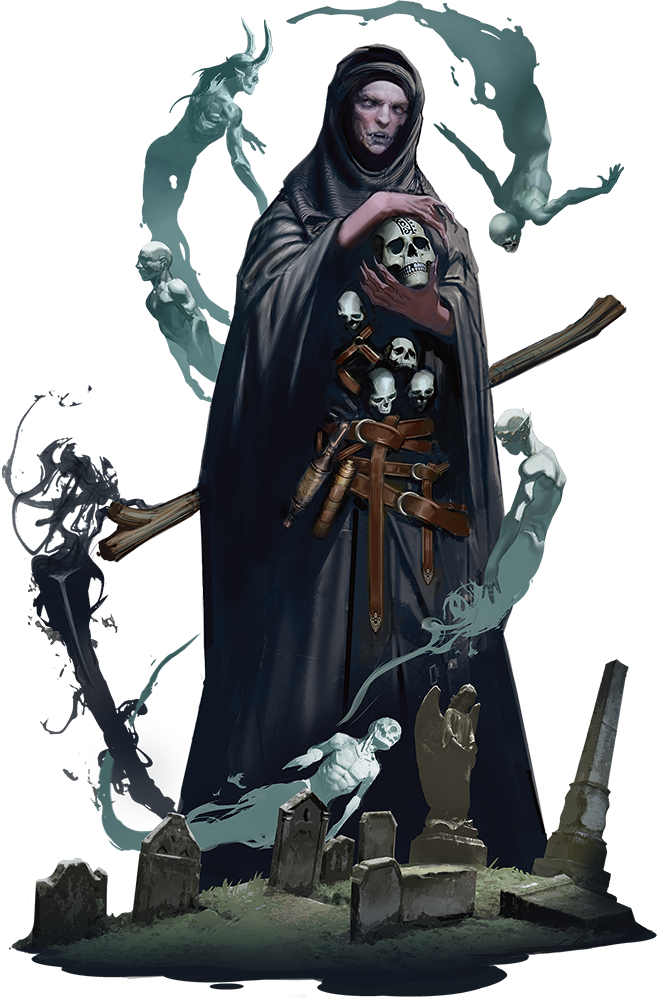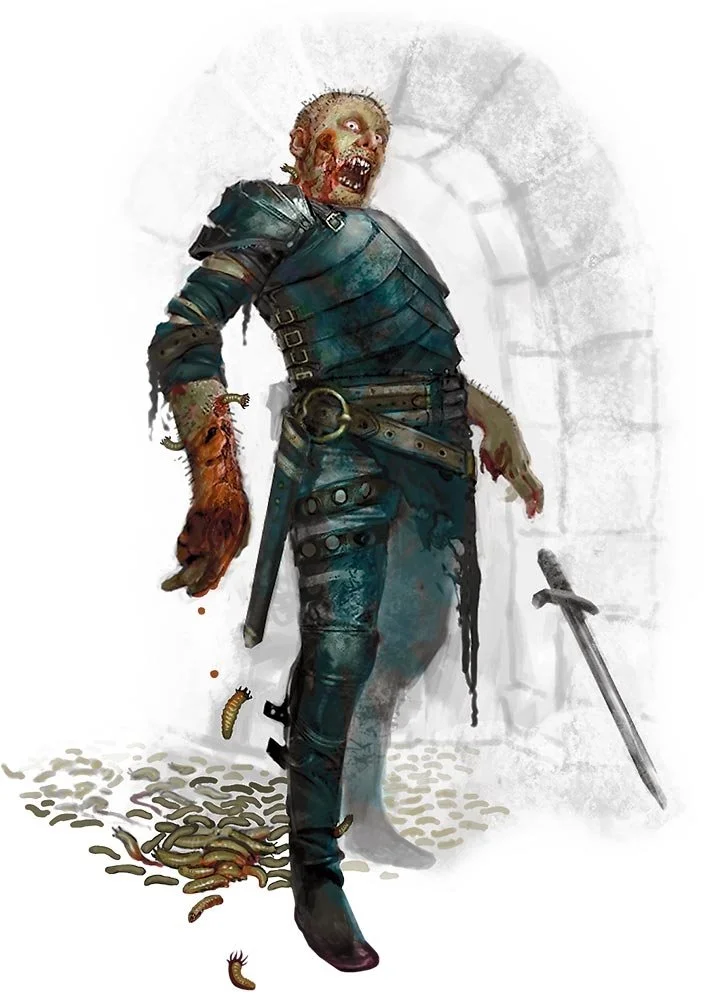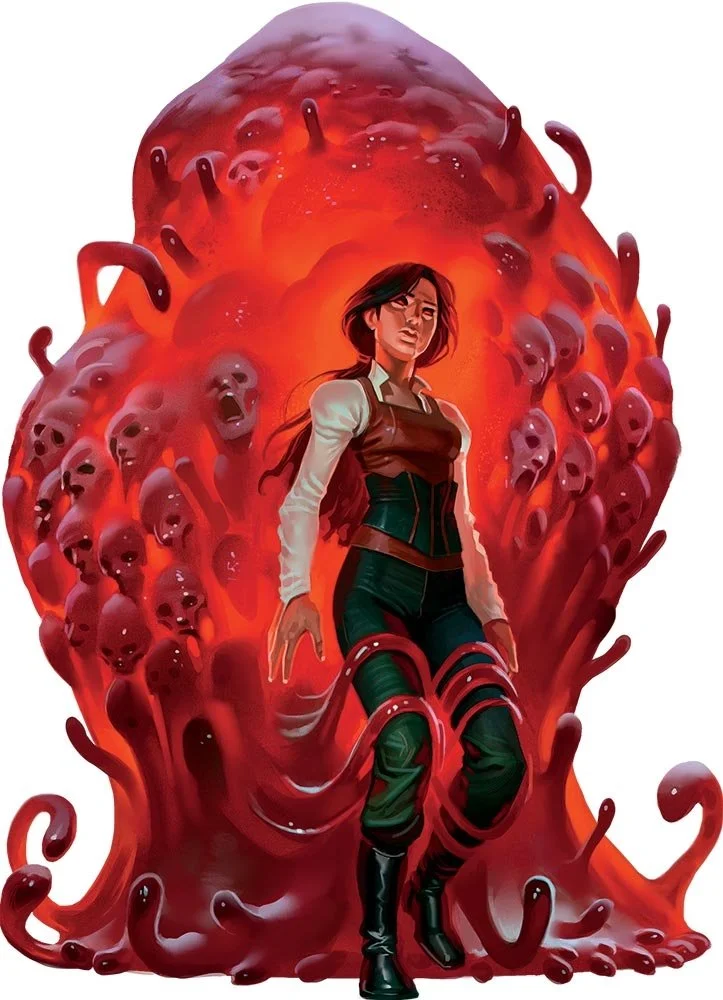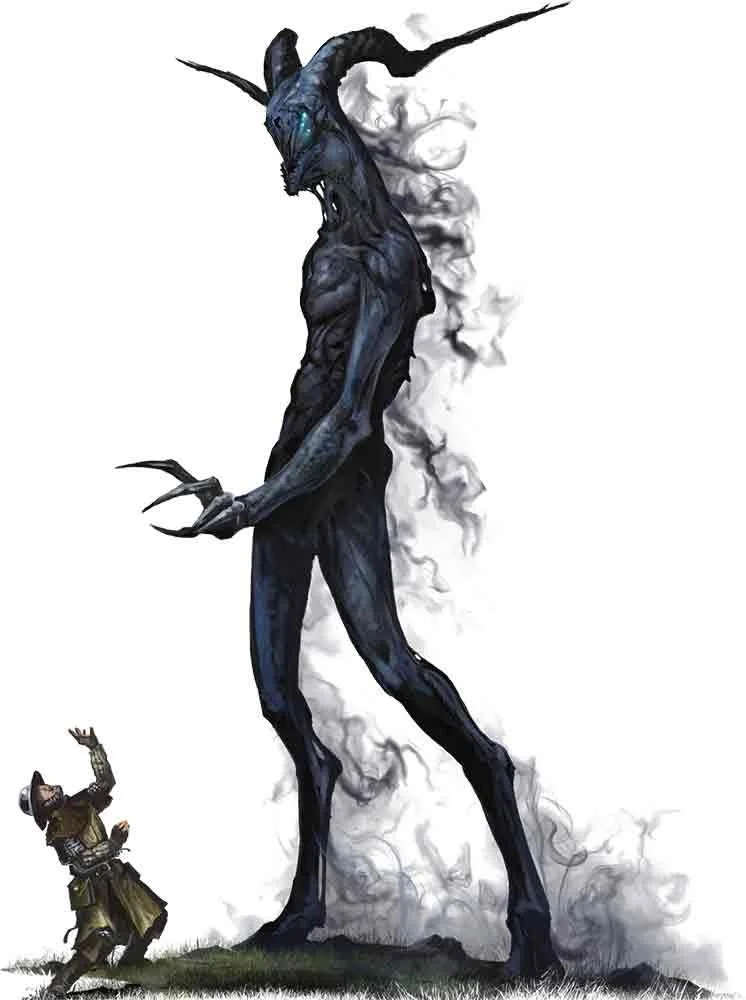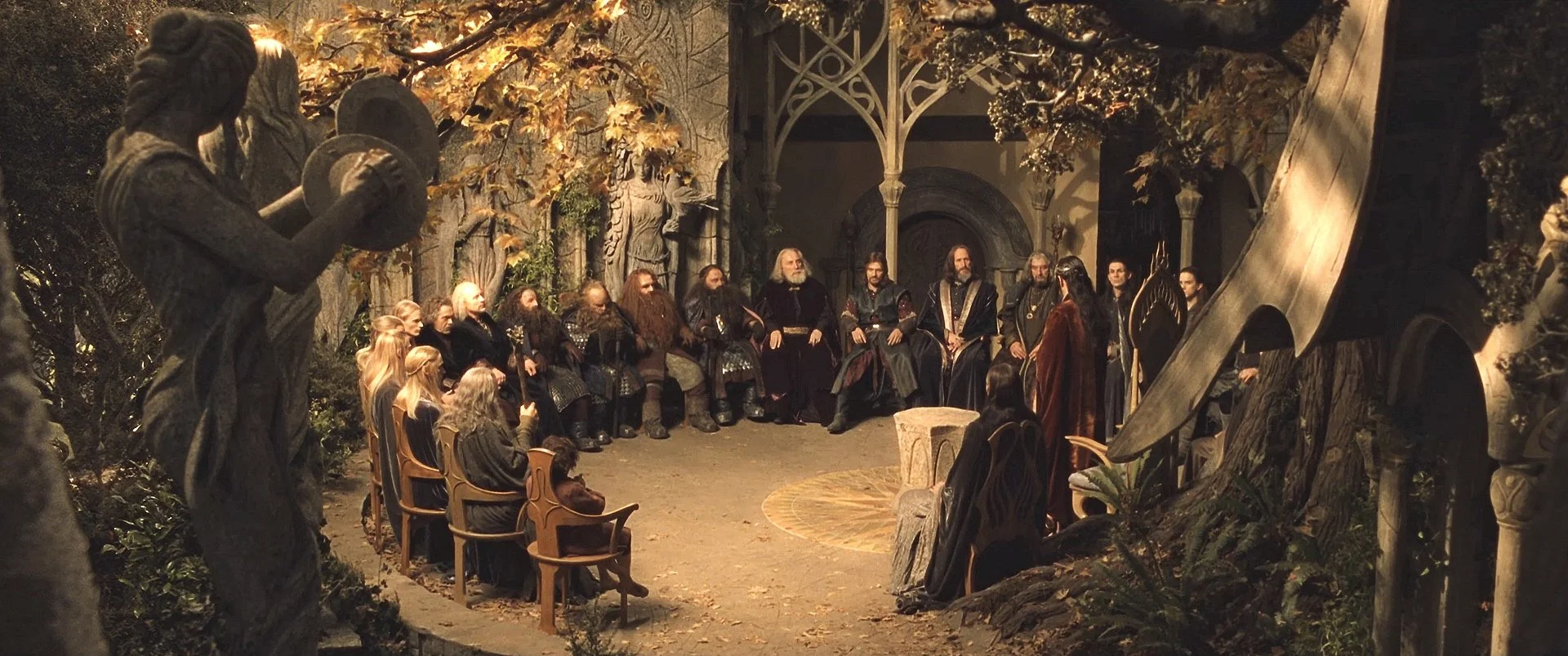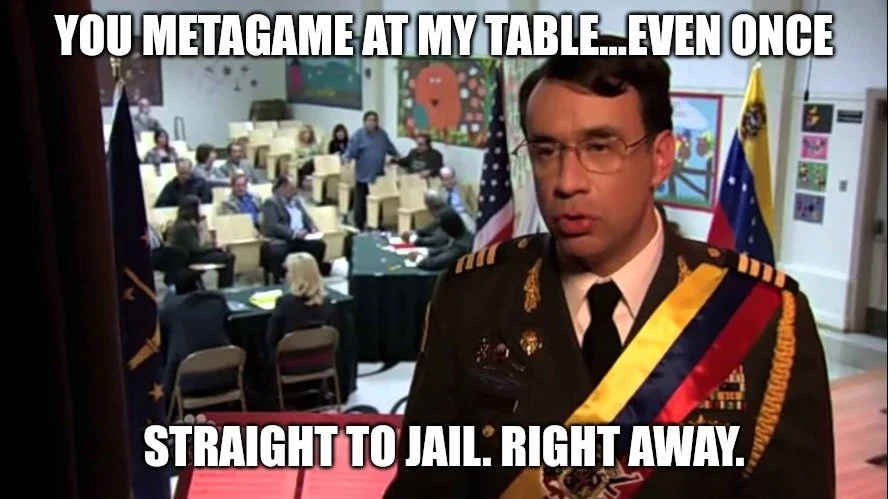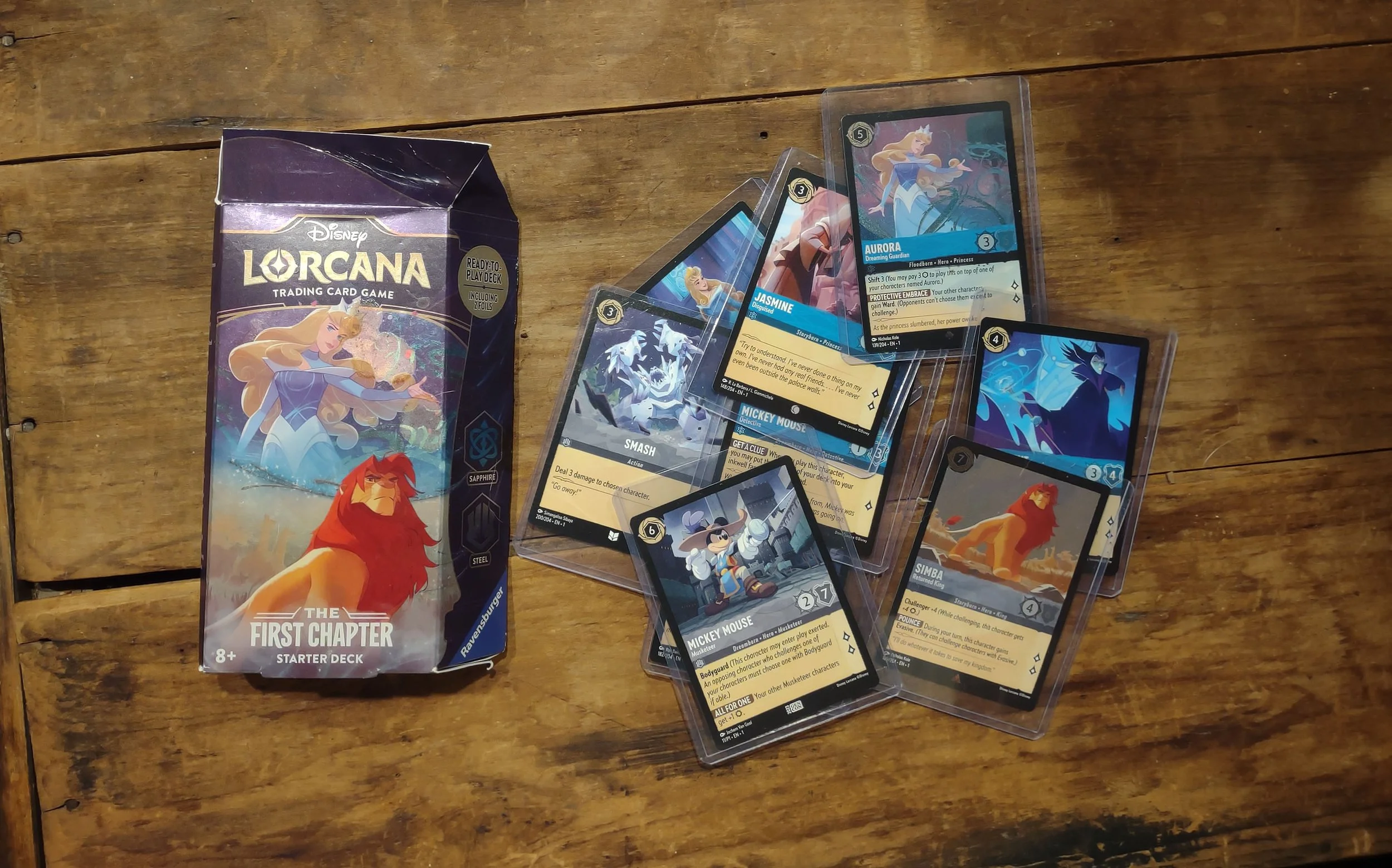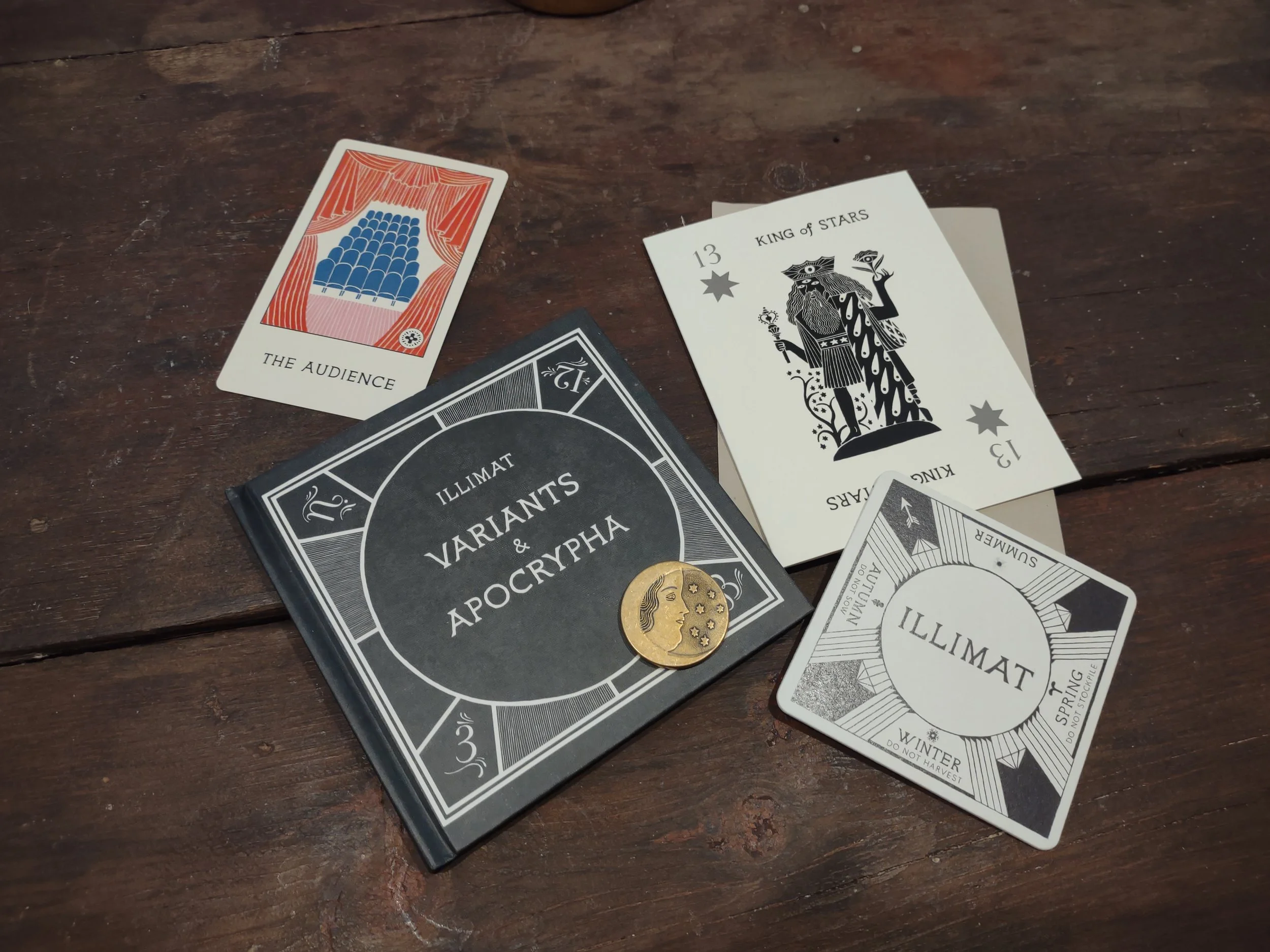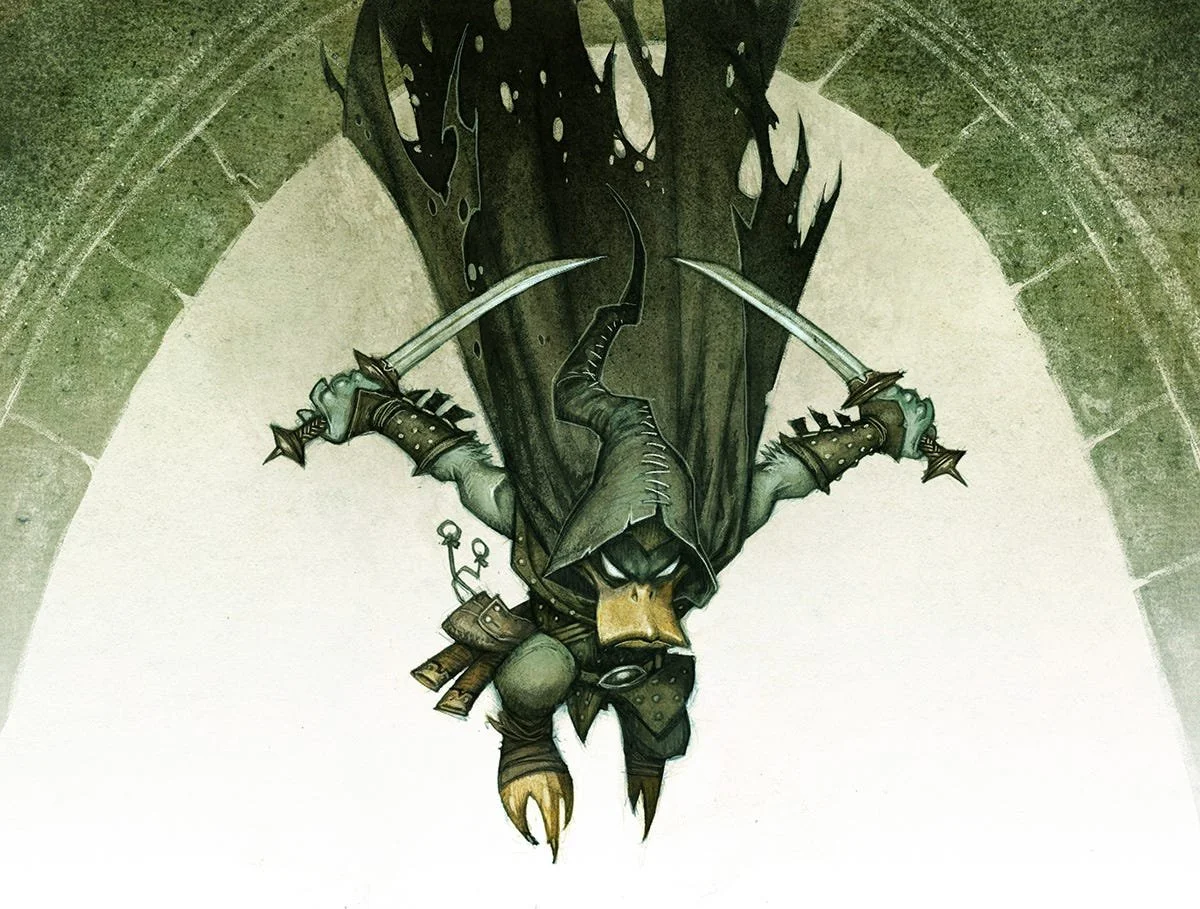Glory of the Giants Character Creation Guide
My last post focused on the new, incredibly powerful Barbarian subclass found in Bigby Presents: Glory of the Giants. To me, it is the most exciting thing that this new Dungeons and Dragons 5e sourcebook offers to players and if you’re wanting to play a Barbarian, I highly suggest giving it a look. However, it’s not the only cool character option offered up in these pages. So, today, we’re going to focus on the two new Backgrounds and the eight new Feats you can choose from when building or upgrading your current or future characters.
Giant Foundling & Rune Carver - Two Giant-focused Backgrounds
In many ways, I often view the pre-made Backgrounds in D&D as a bit of a throwaway aspect of character building. In most cases, they don’t really add much in terms of actual abilities to characters. If you’re interested in building an optimized character, all that you really should be focused on when picking a Background are the two Skill Proficiencies they offer you. However, if you’re more in the game for the story, then Background is an exciting addition to your character because it builds the foundation for the flavor of the character you’re trying to play.
Bigby Presents: Glory of the Giants has added two new Background options and I genuinely love the flavor they add. Plus, they have an added feature that is exciting for everyone at the table, and that is a Bonus Feat. No matter what, if one person at your table takes on the Background of either Giant Foundling or Rune Carver you get to add either Skilled, Tough, or any Bonus Feat your character choices offer. it is incredible to allow these two Backgrounds to automatically open a whole party to these added feats as feats aren’t even allowed at every table.
Side Note: If you’re a New DM and think banning feats is what you need to do for the time being in order to become more equated with the rules that is fine. But, truly, I think feats can define who characters truly are. The only thing I suggest with feats is making the players themselves describe the narrative quality of choosing their feats and why they make sense for their character. There are some traditionally OP feats like Lucky, Sentinel, and Great Weapon Master. However, these can make perfect sense for different characters and you should embrace them and use them creatively.
I mean, think of it, a character that has the Lucky feat and uses it regularly to great effect. Only, you, the DM, you know that each and every time they use this it is a prayer to the God of Luck. Then after 30, 40 sessions the bill comes due, and the God of Luck is asking them for something seemingly incomprehensible. Use feats. Use them wisely. Be Creative. Side note over.
Giant Foundling:
The first Background offered up in Glory of the Giants is pretty straightforward. You’re not a Giant, but you grew up around Giants and/or are giant for your kind. That’s it. Simple as it comes. But, it adds a bit to your character from the get-go. First, you gain proficiency in Intimidation and Survival. Having Intimidation in your back pocket is always solid to avoid conflicts and Survival, well, that just is key to D&D, especially any moments you’re outside of a settlement.
The addition of Giant and one other language makes sense, as those are the folks you’re living amongst. I always like the additional language because as DM that allows me to think of which race is also living amongst the Giants, etc. Your player says they also speak Draconic … great! What ties the world of Dragons and Giants together? How does your player bridge these worlds? It’s all backstory and you use it to brainstorm narratively intriguing ideas.
This also gives you the feat Strike of the Giants. As I said above, we’ll be taking a look at each feat found in here down below, however, I’ll do a quick dive into this option since it comes with this Background. Basically, when you make a melee weapon or thrown ranged attack you get to add a bit of primeval magic to your attack. Choosing one of the six main Giant types (which I covered extensively in my recent Giant lore post), you choose what benefit you want your attack to be imbued with. Some add basic elemental damage, others have more physical effects like allowing you to knock an enemy prone, or negate its speed, and some have magical effects like allowing you to turn invisible.
Honestly, it’s a great feat for any martial character to have. While maybe not as powerful as some of the traditional go-to martial feats, it is up there in terms of usefulness and genuinely the Cloud Strike invisibility option is pretty sick as you stay invisible until after your next attack. I also like the Storm Strike which has the possibility of making a monster roll attacks at disadvantage, making you a boon to other party members each round this strikes true.
All in all, the Giant Foundling Background is worth looking into, it offers quite a bit for characters who know they want to be a powerhouse on the battlefield and would go perfectly with anyone who chooses to go the Path of the Giant Barbarian, or just wants to tie their character to the world of Giants.
Rune Carver:
While Giant Foundling is pretty straightforward, Rune Carver is anything but that. The basic premise is … you’re a big nerd for runes. That’s it in a nutshell. According to a snippet that is supposed to be written by Diancastra, runes, and rune magic are “the palest imitation of Annam’s creative work.” For those of you who are unsure what a rune is, the basic premise of runes in D&D 5e is a powerful, ancient symbol holding concentrated magic. It typically comes etched on an object like a gem or weapon, and only those who understand rune magic can unlock its abilities. Think of them like miniature, portable spells attached to specific items.
The first runes were created by Giants and so a Rune Carver, someone who has dedicated their life to studying runes and rune magic, is tied rather closely to Giants and their histories. Runes are now created with pieces of just about every known language, but the oldest stem from Giant.
If you choose to make your character a Rune Carver, mechanically you are gaining quite a few things. First off, proficiency in History and Perception. You’re well-learned if you know runes, so your knowledge of history will be deep, and well, you’re always looking out for these little (or big) guys to possibly put your years of study to good use, so your perception in high. You also get artisan tools in order to craft your runes. You know how to speak and read Giant, obvs. And then you get to choose how you make your runes. They offer six options including inscriptions in wax or clay, engraving them on beads or animal bones, stitching them into clothing a more. However, you could choose any way you want to make your runes.
Now, the most important aspect of this class, and the most intricate aspect is the new Feat that comes with it. Rune Shaper.
Rune Shaper: Rune Shaper is a flavorful feat if your DM is willing to think about adding runes into the world, and if you, as the player think about runes as well, and if you are going with a martial character. I think that is the key to this background. It would, as a character who typically doesn’t get to use, or has very limited use of, magic, allow you to use magic. The reason I say this is that by level 17, you will only know three runes, and that’s the most you’ll ever know, which seems very underpowered to me.
Let’s break down how this all plays out. First, you learn Comprehend Languages, which you can cast without expending a spell slot. This can be nice, especially if a DM pays attention to the fact that you have it and offers situations where understanding an unknown language would be helpful. It’s highly situational though. Secondly, you get Rune Magic, which means you know “a number of runes equal to half your proficiency bonus.” So, at Level 1, you know 1. Level 9, ya got 2. Level 17, when you’re akin to a demigod, 3.
There are 13 choices of rune spells, and the absolute most you’ll ever know is a handful of them and for the most part, they are not even the most useful of spells. I mean, if you go with the Hill rune, you know Goodberry. Goodberry. The spell where you get 10 berries worth 1 hp each and in order to eat them it takes a whole action. Sure, they can be great out of combat to heal up a party, but… To be fair there are some decent options like Burning Hands (Fire), Thunderwave (Storm), and Entangle (Mountain). But, you can only know one of these up until 9th level. I guess, if you want to save spell slots these could be useful, and in a way are like having spell scrolls that you can reuse after every long rest.
For me, while the flavor of the Rune Carver is cool, and could be a fun scholarly, museum curator type of character to play. The reality is mechanically it falls pretty flat unless your Dungeon Master goes the extra mile to make sure you’re getting the most out of your interest in runes. When I first read this, I thought it would be one of my favorite parts of the book because I misread the Rune Shaper feat and thought that you could change the rune spell that you knew each long rest, which felt a bit like a wizard preparing their spells for the day. Personally, as a DM, this is exactly how I would run it. You would, during each long rest, choose the spell rune that you chose to carve that night before bed and that would be the spell you had the next day.
I would love to see someone like an Oath of the Ancients Paladin pulling out moves like Thunderwave or Chromatic Orb on the battlefield, or even stopping to use Speak with Animals while on an exploration adventure. But, it becomes mundane having to spam the same spell every time for literally 9 levels of gameplay. So, with a bit of tweaking and a thoughtful DM this could be an awesome background, especially in a world full of hidden runes for you to find and piece together your part of the bigger puzzle.
Six More Giant Feats
I’ve already shared the two unique feats that come with the Backgrounds, but this book offers six more to choose from and, as with everything in Glory of the Giants, they are tied to the six standard types of Giant. The other thing about all of them is that they require you to have already taken the Strike of the Giants feat and chosen one of the six Strike styles from it. This makes them already all a bit underwhelming because you’re literally being forced to take two feats or to choose one specific background in order to even be able to choose them. I’m against most any feat that ties your hands in that way. Still, let’s take a quick look at them so you can decide if any of them are worth adding to your character as you progress through your campaigns.
Ember of the Fire Giant:
You’ve already chosen the Fire Strike Feat, which can cause enemies to take an additional 1d10 fire damage on a number of attacks equal to your proficiency bonus per long rest. This feat adds 1 to your Strength, Con, or Wisdom score, gives you resistance to fire damage, and allows you to replace attacks with a burst of flame in a 15-foot-radius sphere for 1d8+proficiency bonus damage and the blinded condition.
Honestly, this is a pretty rad addition to what I found to be the most underwhelming Strike style, this would be incredibly powerful as a Path of the Giant Barbarian who freaking loves Fire Giants and wants to be one. Raging, running into a big mess of enemies, and bursting them all into flames would be visually an awesome move, and against low enough level baddies I would genuinely make them all roll Con saves to not be frightened of this massive humanoid fireball.
Fury of the Frost Giant:
We begin with the same stuff: +1 to Con, Wis, Str, and resistance to damage. This is, obviously, cold damage. With this Feat you also get to retaliate against creatures that hit you with a reaction that blasts them with ice for 1d8+PB damage and reduces them to zero speed. This, mixed with your Frost Strike gives you the opportunity to continually slow your enemies down all around the battlefield, making for easier attacks for the rest of your party.
I find this a bit more boring than the Fire option. But, the fact that it’s a reaction is nice and works as an icy rendition of Hellish Rebuke.
Guile of the Cloud Giant:
+1 Strength, Con, or Charisma (bit of a change-up). No set resistance, but you can use a reaction to give yourself resistance to any attack and, the more fun part of this is you get to bamf up to 30 feet away. Adding this to the Cloud Strike makes this combo my personal favorite. You can turn invisible AND nightcrawler your way around a battlefield. To me, this is the most flavorful of all of the options. While you’re outputting a lot less damage, I always like when things make combat more dynamic and this path is as dynamic as they come. Taking this series of feats as a monk or a rogue would be a perfect combo for zipping around a battlefield, attacking, disengaging, negating damage, and just really being a thorn in your enemy’s side.
Keenness of the Stone Giant:
I really wanted to like this, but it is really a bummer compared to the others. Say it with me kids, you get +1 to Con, Str, or Wis! Then it gets boring. You get Darkvision. Which I know can be useful, but really, for a feat, not really much of anything at all. And then you get to throw rocks and make magical attacks with them. It does 1d10 force damage and can make an enemy prone, but, come on. Where’s the flavor? The fire path lets you explode enemies in a 15-foot sphere, this lets you hit someone with a rock like a bully on a playground. Stone Giants are my favorite, this is my least favorite of all of the possible feats.
Soul of the Storm Giant:
In the complete opposite direction of the Stone option, the Storm is flavorful as they come. First, the+1 goes to Str, Wis, or Cha. You don’t gain an overt resistance, but your new bonus action offers two resistances. You can summon a wind and lighting storm around yourself that surrounds you for 10 feet in every direction. You gain resistance to lightning and thunder damage. All attack rolls against you have disadvantage. And any creatures within the storm may have their speed halved.
Just visually it’s so much better. Imagine you show up to the party of people who freaking love giants and you’re spinning around in a whirlwind of lighting, thunder, and wind, whipping up storms like an X-Men and you see your buddy throwing magic rocks. You’d feel bad showing off. Add your Storm strike adding lightning damage and giving enemies disadvantage on attacks and this is easily the best build of the six, with Cloud and Fire dueling for second.
Vigor of the Hill Giant:
We arrive at the lowly Hill Giant, lowest of the Ordning and unsurprisingly lowest of the options here. +1 Str., Con., or Wis. You gain an ability to not be knocked prone or moved 5 feet. These can come in handy for sure, but as a feat, it’s pretty weak sauce. And even weaker sauce, your big gain is that when you eat or roll to regain hit dice, you add a bit extra. As for your strike, you can knock people prone and you add a single d6 of damage.
I can’t say much about this other than, I can’t fathom why anyone would take this feat, or why anyone would be so enrapt in Hill Giants that they want to follow in their footsteps. But, hey, your character is yours; do as you will.

